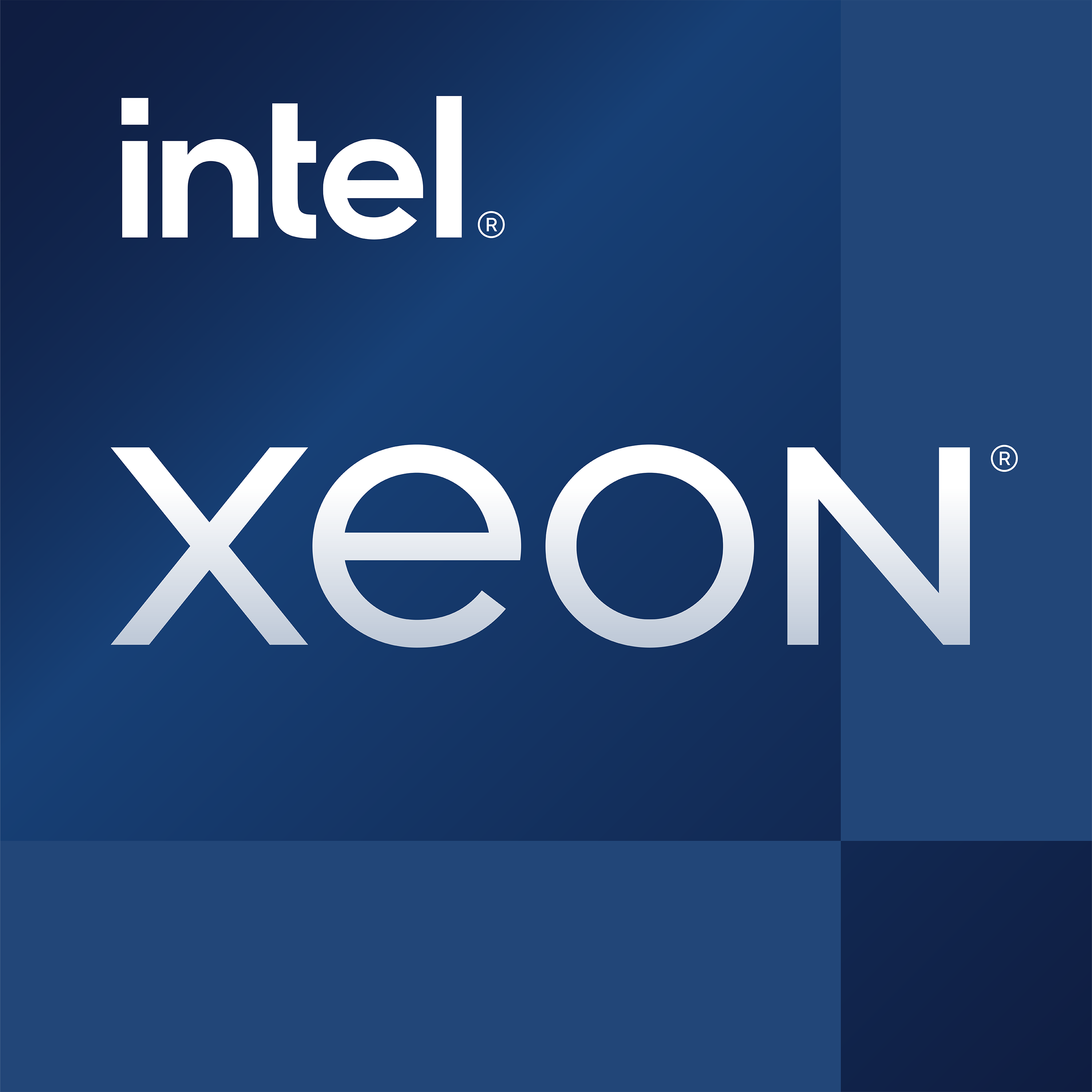How to start your AI journey
AI is helping life sciences organizations get drugs to market faster. Knowing how to implement AI properly can maximize this potential while minimizing costs.
Deciding where to start
Even though 80% of life sciences organizations see digital pathology as a means of getting new drugs to market faster, 53% of those organizations do not have infrastructure optimized for AI.1
Organizations can plan for optimizing their AI transformation using a few different approaches:2
- Point solutions are narrow, single-point automation of simple tasks. This is a way to incorporate AI in less resource-intensive and very specific circumstances.
- Use case-targeted solutions are process- or problem-focused automation that are moderately resource-intensive and tend to be rolled out from team to team within an organization when successful.
- Transformative solutions are holistic changes across an organization, requiring the greatest resources and coordination.
Assessing your data readiness
Whatever approach is chosen, there must be alignment between the organization’s leadership and the IT team. Both must collaborate to evaluate AI readiness and define key milestones on the AI journey.
A solid data and technical Infrastructure foundation ready to deploy AI is a critical first step toward reaching those milestones. Ask yourself the following questions to assess your organization’s data readiness.
1. Do we have a standardized AI platform with infrastructure purpose-built for AI workloads – offering appropriate scalability, performance, software, and networking capabilities?
2. Have we budgeted for AI workloads and ensured the provisioning is well-matched to the job?
3. Do we have any governance in place to ensure accountability, measurability, and transparency?
4. Do we have compliance policies and network security procedures ready for protecting proprietary data and patient information?
Assessing your infrastructure readiness
To ensure your organization’s infrastructure readiness, you must evaluate for scalability, performance, extensions, enhancements, and adaptability to future requirements.
What are the specific workload requirements you should consider?
Scalability
Machine learning requires organizations to process vast amounts of data. To increase the accuracy of AI models, you must be able to employ increasingly more data each day.
Accessibility
Data must be continuously accessible. AI training requires the storage system to read and reread entire data sets, often randomly. Do not use archive systems, such as tape, that only offer sequential access methods.
Security
Storage access needs to be authenticated and authorized. Data should be secure at rest and provide options for encryption. The ability to lock data, version data, and specify retention policy are also considerations.
Latency
The latency of input/output (I/O) is important to building and using AI models, because data is read and reread many times. Reducing the I/O latency can reduce the training time for AI by days or months.
Throughput
Training processes use massive amounts of data, often measured in terabytes per hour. It can be challenging for many storage systems to deliver this level of variably accessed data.
Parallel access
AI training models split activity into multiple parallel tasks to achieve high throughput. Often, this means machine learning algorithms access the same files from multiple processes – possibly on multiple physical servers – simultaneously. Storage systems must be able to cope with concurrent demand without affecting performance.
Working with a trusted partner
AI readiness may seem daunting, but Lenovo is here to help. Lenovo works with you to evaluate your readiness by examining four key building blocks of AI implementation.
1. The use case and value to the organization
2. The amount, type, quality, and sources of the data
3. The scalability and flexibility of the infrastructure
4. The people and processes available to the organization
Your Lenovo team will help you build the perfect AI solution for your organization, with our experts and our portfolio of open, flexible, scalable IT architecture.
- Accelerate your workflows with the Lenovo ThinkStation P-Series, powered by up to 4th Gen Intel® Xeon® Scalable processors, for maximum performance in your workstations.
- The Lenovo ThinkSystem portfolio, powered by Intel® Xeon® Platinum processors, is designed for dedicated compute, storage, and networking needs with unmatched value, flexibility, and industry-leading efficiency with the most reliable servers on the market.3 Genomics Optimization and Scalability Tool (GOAST) optimizes ThinkSystem configurations specifically for assembling and analyzing genomes.
- The Lenovo ThinkEdge portfolio, powered by Intel® Xeon® Scalable processors and Intel® Atom™ processors, is ushering in a new era of edge automation and management at scale with AI. AI applications can run in the cloud or on-prem, depending on your needs, with purpose-built server computing power closer to the source of the data.
- Lenovo ThinkAgile, powered by Intel® Xeon® Platinum processors, combines Lenovo’s legendary, reliable ThinkSystem infrastructure with independent software vendor’s (ISVs) features, support, and deployment services, maximizing efficiency and scalability.
- Simplify, accelerate, and automate the deployment and management of Lenovo infrastructure with Lenovo XClarity.
- Discover a full ecosystem of partners and solutions from the supply chain to managed services, along with our over 20,000 channel partners. Whatever obstacles you could encounter, we’ve got your back.
Lenovo has the most comprehensive portfolio of solutions to start your journey with AI. Learn more and contact your Lenovo Health Account Representative or local Business Partner.






